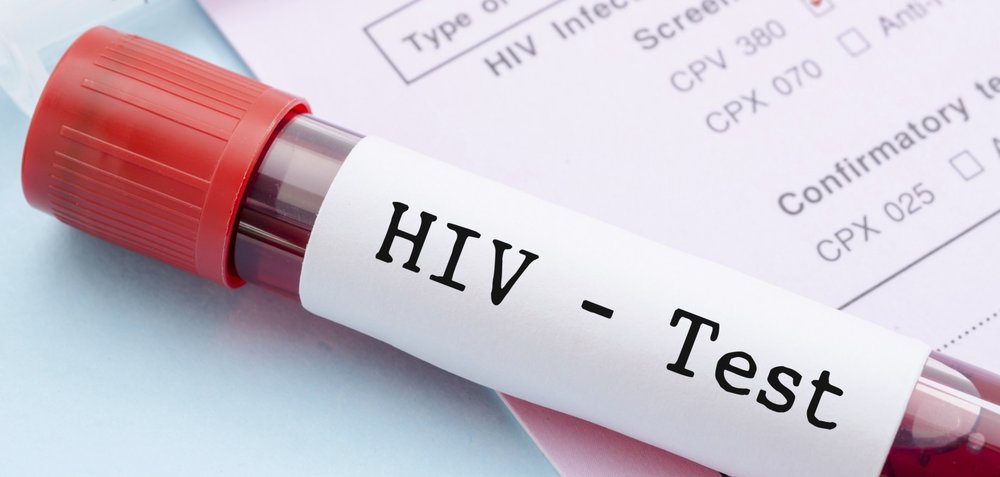Mobile testing teams to run HIV/AIDS tests in high-risk neighborhoods

TEHRAN — Sixteen mobile testing teams will perform HIV/AIDs tests in high-risk neighborhoods, deputy health Minister Alireza Raeisi has said.
We have prepared a map of high risk neighborhoods in all provinces nationwide and identified places packed with drug addicts and people with high-risk behaviors, ISNA news agency quoted Raeisi as saying on Saturday.
People diagnosed with HIV/AIDS can also receive services at drop-in centers, he highlighted.
A drop-in center is a service agency for either the mentally ill, homeless people, teenagers, or other communities that offers a place where people can go to obtain food and other services.
He also went on to say that diagnosing women who are infected with HIV/AIDS virus is also a priority.
By identifying people who have caught the virus they will receive free of charge services, he said, adding that “we have identified 113 pregnant women with HIV/AIDS virus in outskirts of the cities and with timely preventive measure 111 of them gave birth to healthy babies.”
“We are also planning on running HIV/AIDS tests in 7,000 centers providing methadone maintenance treatment (MMT), so that 1.5 million people will be trained about HIV and we can also identify those who are also infected with the diseases,” he highlighted.
MMT is a comprehensive treatment program that involves the long-term prescribing of methadone as an alternative to the opioid on which the client was dependent. Central to MMT is the provision of counselling, case management and other medical and psychosocial services.
Based on the latest data by UNAIDS 36.9 million people globally were living with HIV in 2017. However, about 9.4 million people did not know that they were living with HIV. 75% of all people living with HIV knew their HIV status in 2017.
In April, the chairwoman of HIV/AIDS department at the Health Ministry Parvin Afsar Kazerouni explained that some 36,571 were diagnosed with HIV virus up to late December 2017. She further regretted that the number only constitute 40 percent of those who are actually suffering the disease and the rest are still undiagnosed while they might not even know they are having the infection.
MQ/MG
Leave a Comment